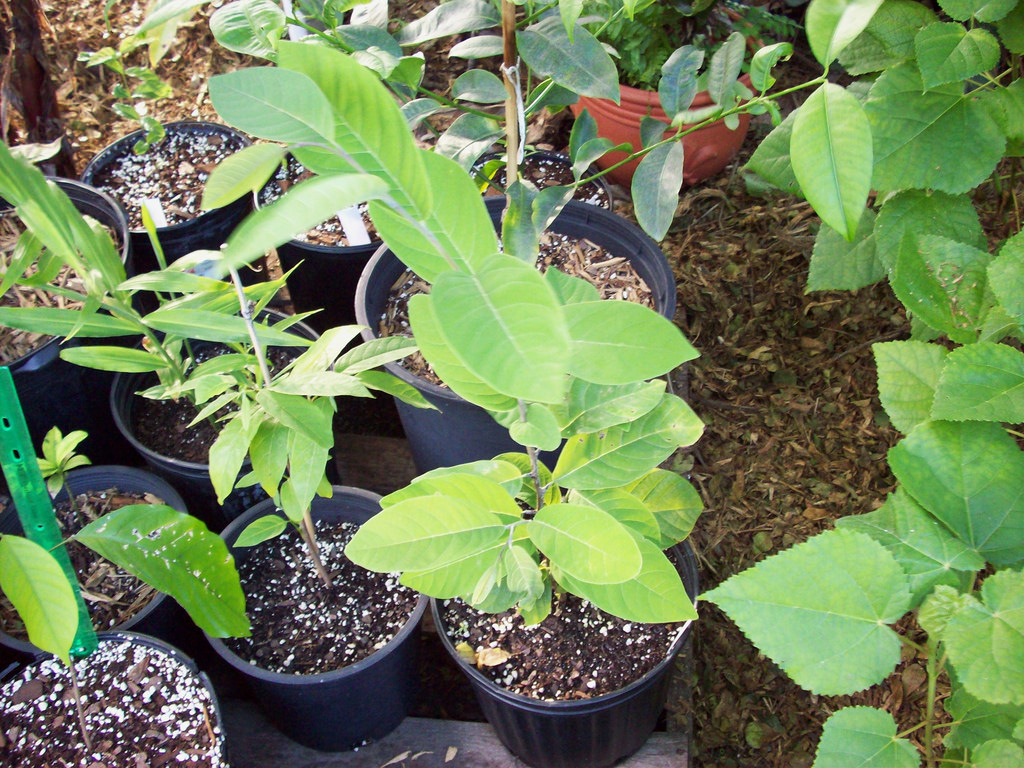Ilama
(Annona macroprophyllata)

Description
The ilama (also known as the tree of the ilama, Annona diversifolia) is a tropical fruit tree found in Central America. The name is derived from the Spanish from the Nahuatl ilamatzapotl, of which the rough translation is "old woman's sapote". The name is also applied to a similar fruit, soncoya or cabeza de negro (A. pupurea), which is cultivated as an alternative to the cherimoya. The soncoya is similar in size to the ilama, but grey-brown in color with hard bumps on the surface, and orange flesh that tastes like mango or pawpaw.The ilama fruit is either eaten on the half-shell or scooped out with a tool, usually chilled when served. It is sometimes served with a little cream and sugar to intensify the flavor, or with a drop of lime or lemon juice to bring in a tart and bitter tinge.The ilama fruit is either cone-shaped, heart-shaped, or ovular. Resembling the cherimoya, it is about six inches (15 cm) long and may weigh as much as two pounds (900 g). Generally, the ilama is dotted with more-or-less pronounced, triangular spikes that jut out of the fruit, though some fruits on the same tree may vary from rough to fairly smooth.There are two types of ilama, green and pink. The green type has a flesh that is white and sweet, while in the pink type, the flesh is a rose color and has a tart taste.The rind, or skin, of the ilama varies from a pale-green color to a deep-pink or purplish color coated with a thick mat of velvety, gray-white bloom. It is about 1/4 inch thick (6 mm), leathery, fairly soft, and granular.The center of both ilamas are somewhat fibrous, but smooth and custardy near the rind. The flesh varies from being dry to being fairly juicy, and contains 25 to 80 hard, smooth, brown, cylindrical seeds, about 3/4 inch (2 cm) long, and 3/8 inch (1 cm) wide. Each seed is enclosed in a close-fitting membrane that, when split, slides right off of the seed.
Taxonomic tree:







